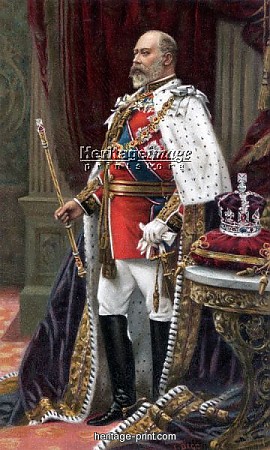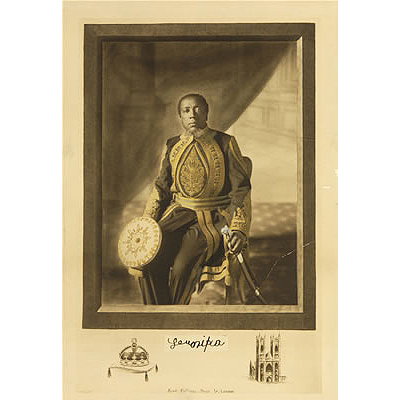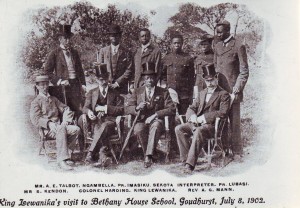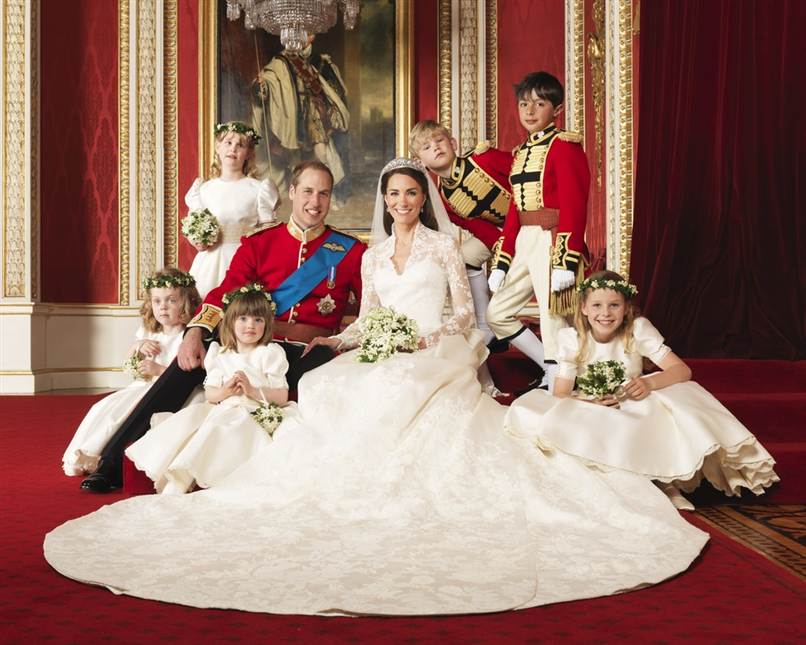|
|
|
  |

King Lubosi Lewanika

King Lubosi Lewanika is a man who needs no introduction. When the annoncement of his death was posted on New York Times in 1916, the whole world mourned the loss of a great African leader. During his three months visit to London in 1902, he bonded very well with King Edward VII and the two became close friends. Edward would testify later that there was something special that he saw in Lewanika's personality that made him a unique individual. Edward was not alone. Everyone who had an audience with King Lewanika could not miss that unique presence in this African leader. His friendship with the leader of then Bechuanaland, current Botswana, Seretse Kharma, enabled Lewanika to connect with the BSAC and subsequently the British mornachy. That friendship would live on as a haritage of indisputable posterity to this day. If you touch Botswana you have touched Barotseland, and if you touch Barotseland you have touched Botswana. These two are cousins. Their friendship will never be broken, because when Malozi speak Setswana they sound like baby Tswanas, and when Tswanas speak Silozi they sound like baby Lozis. This mystery can only be traced and explained by Lesotho where sikololo originated.

Edward VII in full coronation robes, 1902. Portrait of the king (1841-1910) on the occasion of his coronation. Illustration from "The Illustrated London News Record of The Coronation Service and Ceremony, King Edward VII and Queen Alexandra", (London, 1902). 0580013978. King Edward VII,Samuel Begg,Unknown (creator),
The Print Collector / Heritage-Images
King Lewanika attended the coroation of King Edward VII in 1902



More than a century later the British Monarchy continues to embrace their unique and uniting tradition. Prince William is posing with his bride Kate here after their captivating wedding. One day these two will be the King and queen of England. William grew up in our sight. It is only like yesterday when Prince Charles and princess Diana received him as a new baby.

|
|
|
 |
|